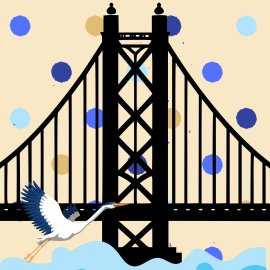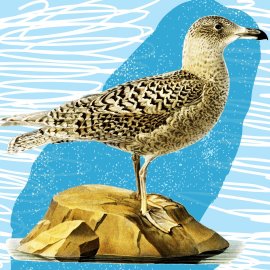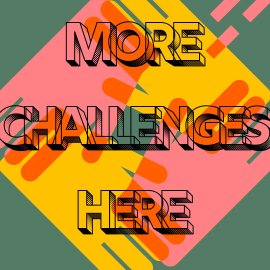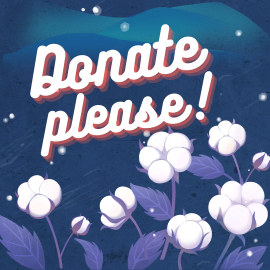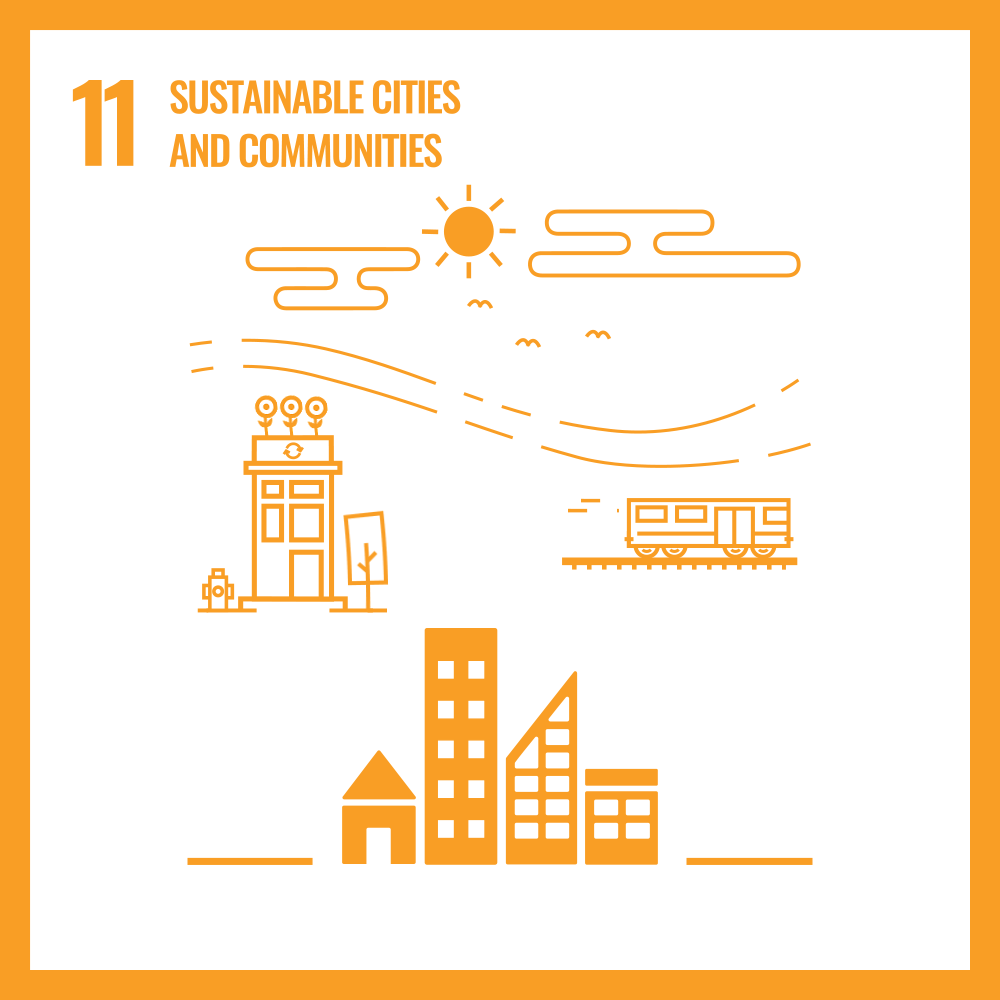
Ocean Side Cities
Bridges as intersections of humans and waters Consider these as areas that of intersection from which we can take responsibility for the damage already done to the waterways, creation of filter systems, habitats and places for people to come and enjoy nature (tourism). Reimagining waterway bridges as multifunctional eco-hubs offers a transformative approach to urban infrastructure and environmental restoration. These enhanced bridges would incorporate floating island extensions, creating a seamless blend of human passage and thriving ecosystems. The core structure remains, but is augmented with modular platforms hosting native plants, freshwater mussels, and other filter-feeding organisms that actively cleanse the water. These living additions not only improve water quality but also provide crucial habitats for aquatic and semi-aquatic wildlife, turning the bridge into a corridor for both human and animal movement. For riverside bridges, consider floating islands that create spaces for animals to live in, and people to enjoy. The floating island also clean the waters and create havens for aquatic animals. In addition to this, consider this junction as a place for fresh water clams, muscles and mollusks who filter water. Ocean version can help beach side villages by replenishing over foraged oyster beds. If wave powered technology moves forward, it can be harnessed at these junction points. If not, consider adding a floating solar panel elements.
For the human community, these revitalized bridges become engaging public spaces, offering walkways, viewing areas, and educational installations that connect people with nature. Interactive displays could showcase real-time data on water purification rates and wildlife activity, while designated areas allow for citizen science initiatives and school field trips. The integration of renewable energy elements, such as small-scale wave-powered generators or solar panels, could power lighting and educational features, demonstrating sustainable technologies. By transforming utilitarian structures into vibrant ecosystems (think the bat bridge of Austin, Texas) and community focal points, these bridges foster a deeper connection between urban dwellers and their local waterways, promoting environmental stewardship and creating unique spaces for recreation, education, and ecological restoration.
Harbor Pools Clean up ocean side harbor cities using microbubbles and seabins for larger plastics. Oil is still a big problem as well as routine discharge of oily bilge, ballast water, and the dumping of non-biodegradable waste. What if we could clean the water as we used it? Microplastic removal using magnets is a technology that could be adapted and used to capture microplastics as boat or freights cross oceans - as welll as used in harbors and port areas.
- Sea Cucumbers buy farming ocean side, other sea cucumbers are free to continuing cleaning ocean sands, all the while creating income for shore dwellers.
- Oysters as means of reducing eutrophication
- Planting Sea Grass
- Coral Rehabs such as Keys Marine Lab, Coral Restoration Foundation
River Side
Floating solar farms? Huge benefits for aquatic life, save water evaporation, water cools the panels making them more effective - but what we don't know is the ecological effects of shade on aqua life and differences of water evaporation on the water table in general - also, placing things in the ocean obviously changes it! So what should we do? Could we add solar farms to already existing overwater structures like bridges?
Wetlands, Marshes, Mangroves - carbon sinkholes that need to be protected and restored. Chilean Patagonia's national park
Cityscapes
How we think about WATER moving through our city. The main way we think about water in the city is how to move it away from the city to avoid flooding and structural and consumer damage. What if instead of just thinking of water as a force of nature that comes to destroy, we considered it as an opportunity to practice motion, cooling, filtering and repurposing. The means to move water has always been complex - but a new generation is coming onboard, and they may find a better way. If buildings actually considered ways of moving water (from the ancient waterducts to more modern waterways) we could process out forever chemicals and microplastics, cool cityscapes, grey water the cities plants and return the water to the water table. This challenge has multiple purposes and would take a collaborative effort.
Micro Meadows how to City Micro Meadows - reconnect people and nature Lawnstrip mini meadow with Andrew-the-Arborist
Storm Water Garden Beds Philadelphia with Andrew the Arborist
Changing the way we see our sewers
Take the Challenge
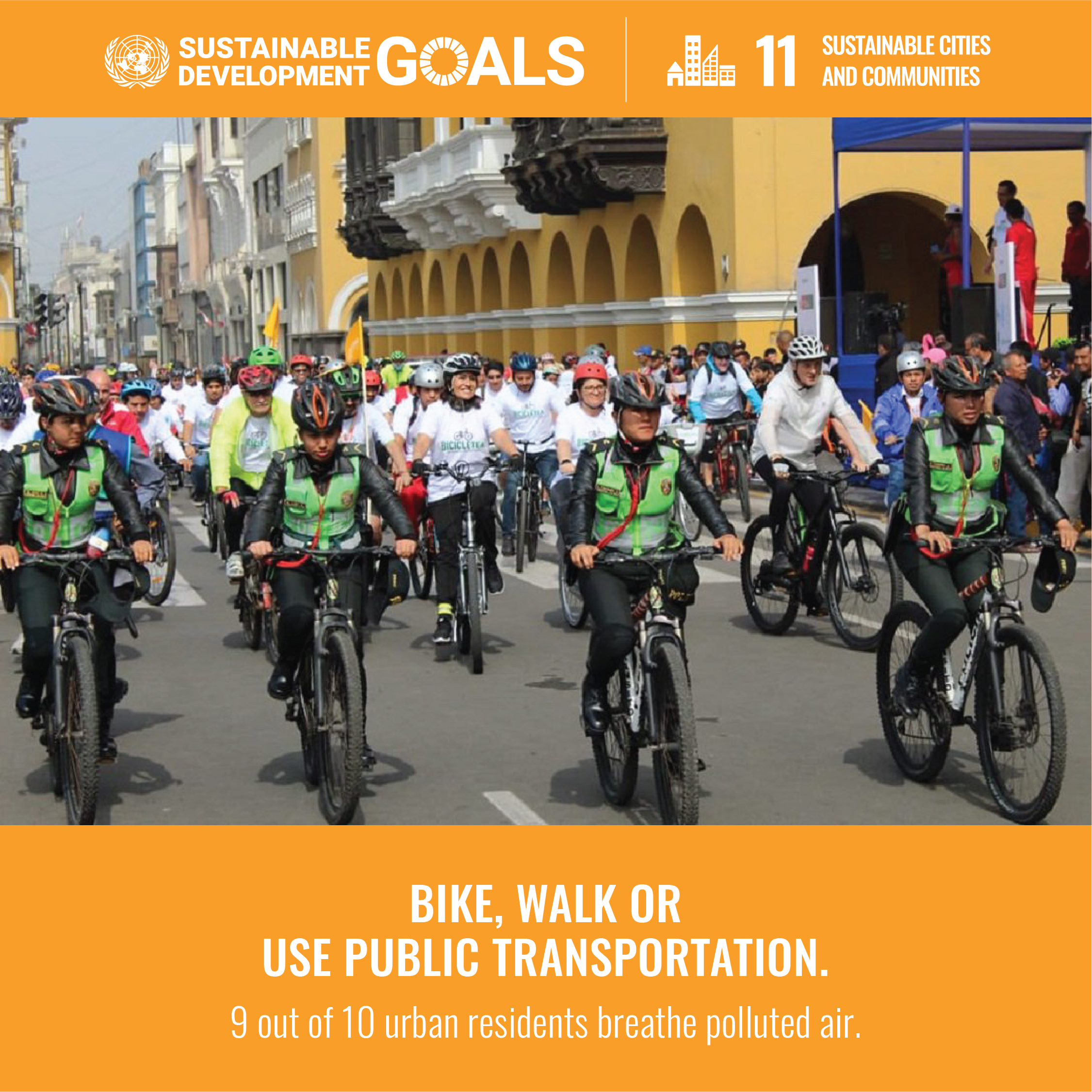 Start your own journey of seeing your city as a place that is not there for your convienience of buying goods and getting services, but as a part of who you are. As such, consider taking the challenge of changing it for the better - joining a co-op, creating a bike lane, travelling in ways that contribute and finding means of doing so can be very difficult for young children. No one expects you to want to do it - it is hard and uncomfortable. However, if you want to see the change - you have to be the change. Maintaining your current way of life means not complaining later when the water is undrinkable and the prices start to go up up up and become unattainable. It is NOT all gloom and doom. If you become part of your city and let your city or town become part of you, you will grow in unexpected ways and meet unexpected wealth, unheard of and unseen in film or television or shorts or vines or memes. It will be an actual experience.
Start your own journey of seeing your city as a place that is not there for your convienience of buying goods and getting services, but as a part of who you are. As such, consider taking the challenge of changing it for the better - joining a co-op, creating a bike lane, travelling in ways that contribute and finding means of doing so can be very difficult for young children. No one expects you to want to do it - it is hard and uncomfortable. However, if you want to see the change - you have to be the change. Maintaining your current way of life means not complaining later when the water is undrinkable and the prices start to go up up up and become unattainable. It is NOT all gloom and doom. If you become part of your city and let your city or town become part of you, you will grow in unexpected ways and meet unexpected wealth, unheard of and unseen in film or television or shorts or vines or memes. It will be an actual experience.
How to start?
- Build a bike - you don't have to make it from scratch, but instead of buying a used bike or a new bike, consider going to the dump and getting a frame, seat and if possible a wheel or two. You might need to buy a chain or get some other things. If you have a bike co-op join and learn how to fix up your new friend. Give your friend a name.
- Find the trails - it is not safe to ride! That's what we are told, and it is true. The layout of the city, the traffic and the way we think of bicycles currently all make it unsafe. Consider starting small. Get to school and back. Get to a friend's house and back. Get up a mountain and back. Start tracking the best trails. Create a bike group. Give your gang a name. Meet new people.
- Approach City Hall - politics are complex. Hiding away from that complexity, leaves others to do what we assume we can't. Talk to your school teachers and ask for help understanding what it would take to put a bike lane __ here. Come knowing where you want to the trail to be, potential problems there might be and potential solutions. Don't just create a bike lane that benefits you - create a lane in the place you think it is needed the most. If the school doesn't want to help - go to the library! One of those librarians is going to help you! They are some of the most amazing people.
- Consider - No one wants you to think about it. How did this change you? How did it change your relationship with your town or city? How did it change your relationship to being outside? What will you do in winter or when it rains? What kind of transportation can you get if you can't bike and there is no car? Start thinking about the shoes in your closets. How many pairs do you have? How many can get you across town? Consider what would you see, if you did walk across town? In the car, going fast, you pass everything by without a thought... but what would change in your city and in you, if you did look at it. If you actually saw where you lived, for the first time.
